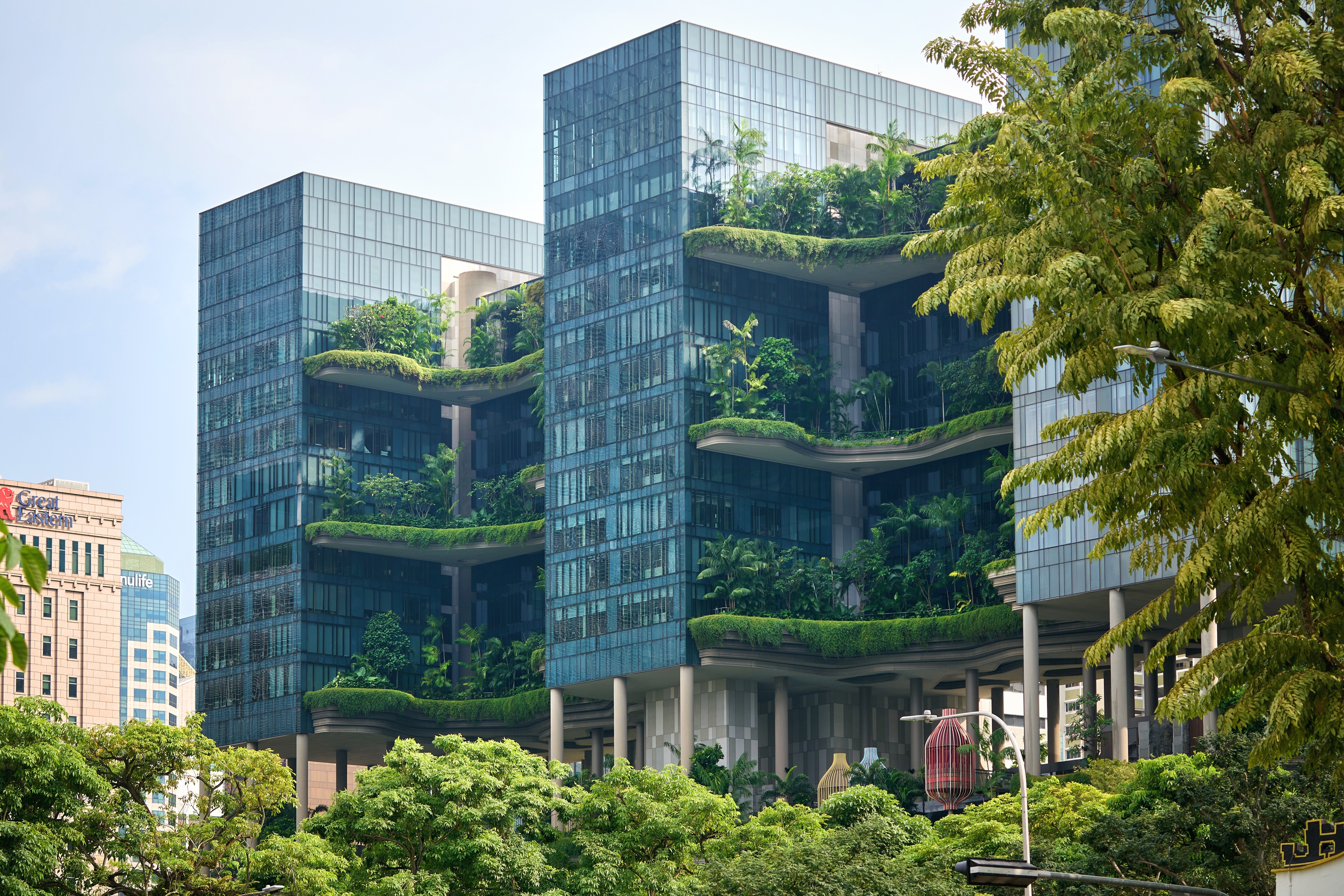Microplastics are everywhere and unavoidable. They’re in the water we drink, the food we eat, and the air we breathe. But if you’re a city slicker looking to reduce the impact of airborne plastic particles, a green roof could be your best bet.
By green roof, we’re not talking about painting your house green. We’re referring to urban infrastructure that’s topped with a lush array of flowering plants, shrubbery, and other vegetation.
Not only can they liven up a bleak cityscape and boost biodiversity, but green roofs have been shown to be effective tools to “cleanse” the urban air of smoggy pollutants by capturing airborne particles on plant surfaces, filtering contaminants through their soil layers, and absorbing gases like ozone and nitrogen oxides, thereby improving overall air quality.
In a new study, scientists at Tongji University in China have examined whether green roofs could have a similarly positive effect on reducing levels of atmospheric microplastics.
To investigate, the team examined several apartment rooftops across the megacity of Shanghai. Some were left bare, while others were covered with a thin layer of soil and planted with Rhodiola rosea and Sedum lineare, two plant species commonly used on urban green roofs in the region.

A greenified urban structure in Singapore.
Image credit: Vladimir Zhoga/Shutterstock.com
The theory goes that green roofs trap microplastics like a sponge. When it rains, tiny plastic particles in the air get washed down onto the city. On a rooftop that’s covered in greenery, the plants and soil slow the water down, giving the microplastics a chance to settle. The soil acts like a natural strainer, catching most of the particles, while some microplastics also stick to leaves and stems.
They found that the green roofs can trap over 97.5 percent of microplastics during a heavy downpour of rain. Most of the captured particles settle in the soil, but the plants also play a significant role in the roof’s ability to capture the airborne particles.
Shanghai currently has around 3.56 million square meters (38.3 million square feet) of green roofs, but if they were to adopt them on a citywide scale, the researchers estimate the vegetation could capture up to 56.2 tonnes of microplastics annually, surpassing microplastic discharges from domestic wastewater.
One minor caveat is that green roofs need to avoid plastic materials in their construction. Over time, the plastic materials themselves may degrade and contribute to the problem.
By and large, though, the praises of green roofs can not be sung enough. They offer a simple, scalable way to tackle a complex problem. While they’re not a silver bullet, their ability to filter the air, manage stormwater, and deal with microplastics makes them a promising way to make healthier, greener urban spaces.
The study is published in the journal Communications Earth & Environment.
Source Link: Why A Green Roof Could Protect You Against Microplastics From The Atmosphere